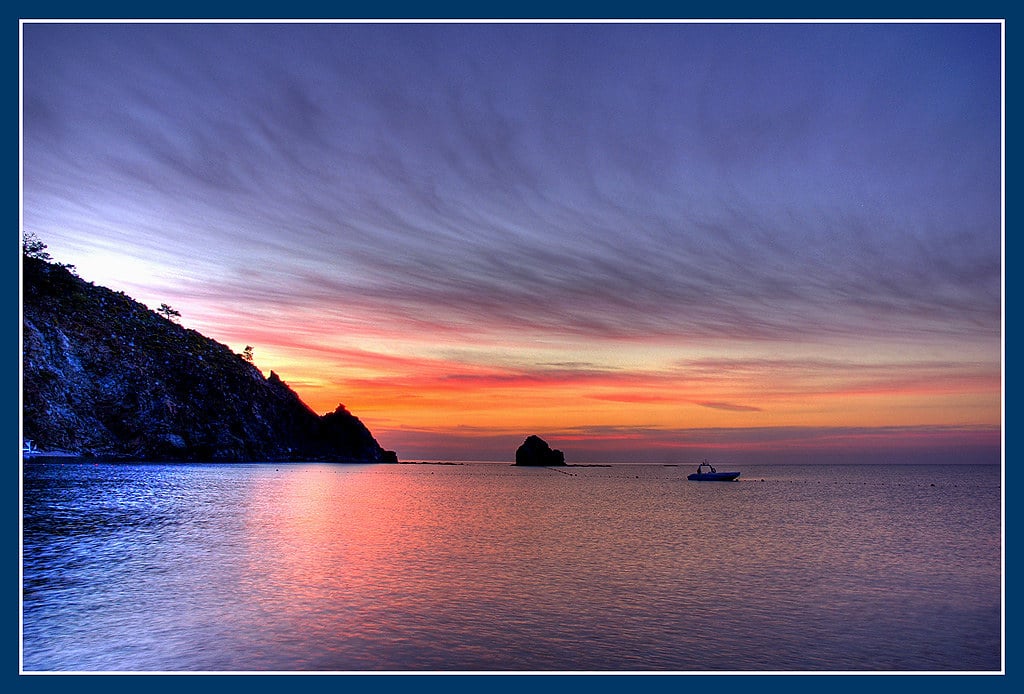Beaches in South America could be more excellent. That is until you reach the stunning Caribbean coast of Colombia, where pristine white sand extends forever between the crystal pure blue ocean and a swarm of waving palm trees. However, Santa Marta is more than just a beach destination; there are many more great things to see and do in this coastal city.
Diving and Snorkeling off Taganga
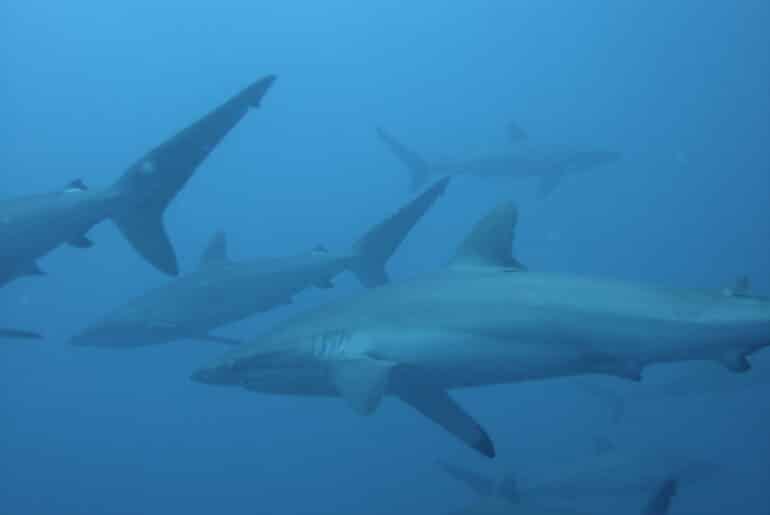
Taganga, a little fishing hamlet located approximately 4 kilometers from Santa Marta’s historic center, is often used as a starting point for excursions to Tayrona Park. The diving in the area is fantastic, and the panoramic view from the bay’s sheltered location is breathtaking.
Taganga is one of the most popular spots on Colombia’s Caribbean coast, especially among budget travelers. Taganga’s only nightclub can convert an otherwise peaceful spot into a megaphone, but the town is still well worth a visit. The kind employees at the Bahia hotel and restaurant, which overlooks the bay, can set you up with the finest cab driver in town, Nestor.
Take a Boat Ride
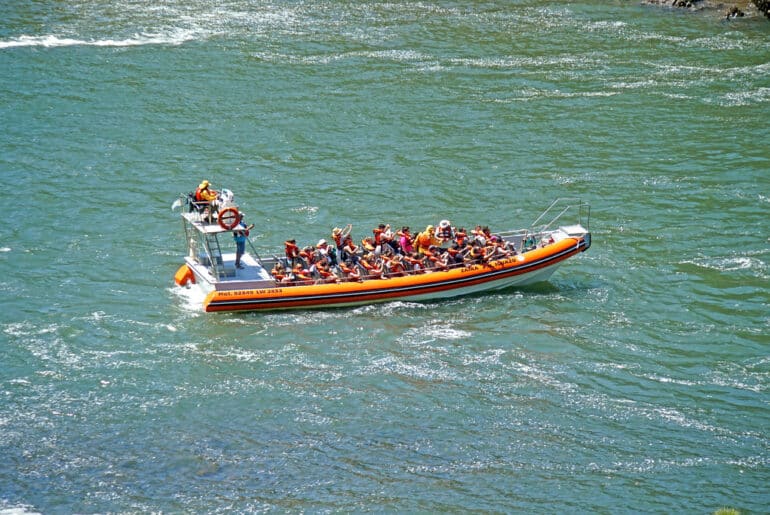
Santa Marta and the Caribbean coast are surrounded by azure seas that make boating a pleasant alternative to exploring the area on the land. While most boat tours go north to Tayrona Park, a select few operators also provide relaxing days at sea in more familiar waters. From the harbor in downtown Santa Marta, sail out via the bays of Taganga and Granate for a day of exploring the coast.
Take your time cruising around the emerald seas and try some snorkeling right from the boat, just like you would on a Caribbean vacation. A day spent cruising the waters of Santa Marta is the epitome of relaxation; for these few hours, you can sit back, watch the water go by, and soak up the Caribbean sun.
Tayrona’s Beauty and Beaches
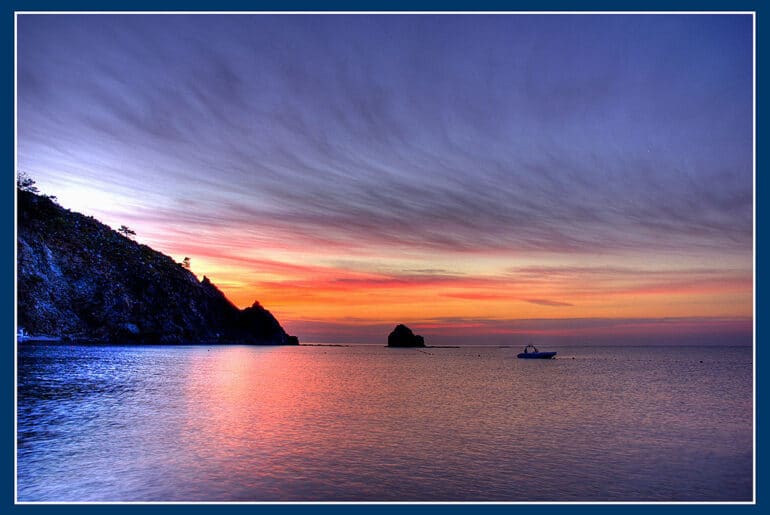
The National Natural Park, About 12 square miles of the Caribbean Sea and 45 square miles of accessible beaches, horseshoe bays, and rainforest habitat make up Tayrona, a protected territory with wildlife. It is one of Colombia’s most popular tourist spots, drawing visitors from around the country and the globe. Arrecifes, La Ardilla, and La Piscina are just a few of the beautiful sections of the beach that may be reached by following hiking routes through lush jungles. Experience the thrill of a horseback ride in the forest, navigating tight ravines and steep inclines.
Travel by road or water to the beautiful beaches of Neguange, Playa Cristal, and Concha, tucked into coves that protrude from the dense vegetation and palm trees of the Sierra Nevada. Following exploring the area’s beaches, you may ride the waves on your own or with the family at the laid-back Casa Grande Surf Academy, located only three miles from Tayrona.
Discover the Four Original Santa Marta Residents
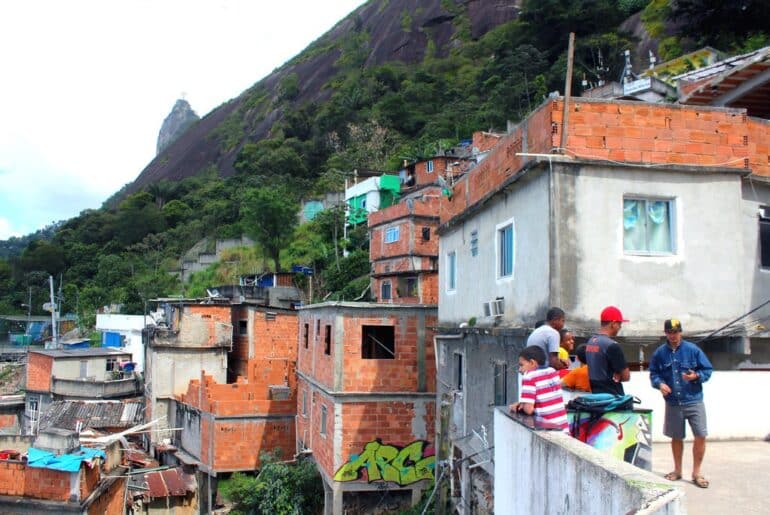
Four distinct indigenous groups still live in the Santa Marta and more significant North Colombia areas. Many of the Kogi, Arhuaco, Wiwa, and Kankuamo reside among the Tairona peoples in northern Colombia’s borderlands.
As the least exposed to the outside world, the Kankuamo have learned to keep themselves apart from the rest of society. From Santa Marta, you may have a day excursion to various settlements, exploring the areas and dwellings of the indigenous peoples.
Your visit should be handled with care and respect since many indigenous groups have formed negative emotions towards foreigners from decades of hardship and isolation.
This is why communities appreciate and welcome pleasant and responsible tourists. It’s crucial to show these native tribes a lot of respect while visiting them by asking for permission before taking pictures and giving money as a gesture of goodwill before you depart.
Trip to Minca for Coffee
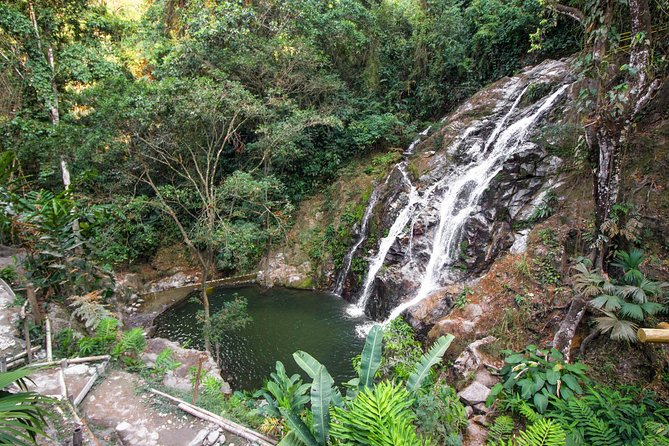
One of the first things that come to mind when we think about Colombia is coffee. The town of Minca, not far away, is one of the oldest coffee-growing districts in all of Colombia, and the nation is the third-largest producer and exporter of coffee in the world, behind Brazil and Vietnam.
Joining a coffee tour of the area is a great way to learn more about the coffee industry. Outside of Minca, at La Victoria Farm, you can see the whole coffee-growing process up and personal.
La Victoria, one of the oldest coffee plantations in the nation, was given its name in honor of the British monarch since most of the farm’s equipment dates back to her reign. The stunning natural setting of the La Victoria coffee estate only enhances the educational value of a tour there after the beans have been picked.
Even if coffee isn’t your thing, a trip to Minca is still worthwhile since there are so many other things to do in this beautiful region of Colombia.
Santa Marta, a port city on Colombia’s northern coast, is not only one of the oldest continuously inhabited towns in South America but also a “sister city” to Cartagena, the country’s more well-known and chic coastal metropolis.
Lastly, read more about travel around the world here.
